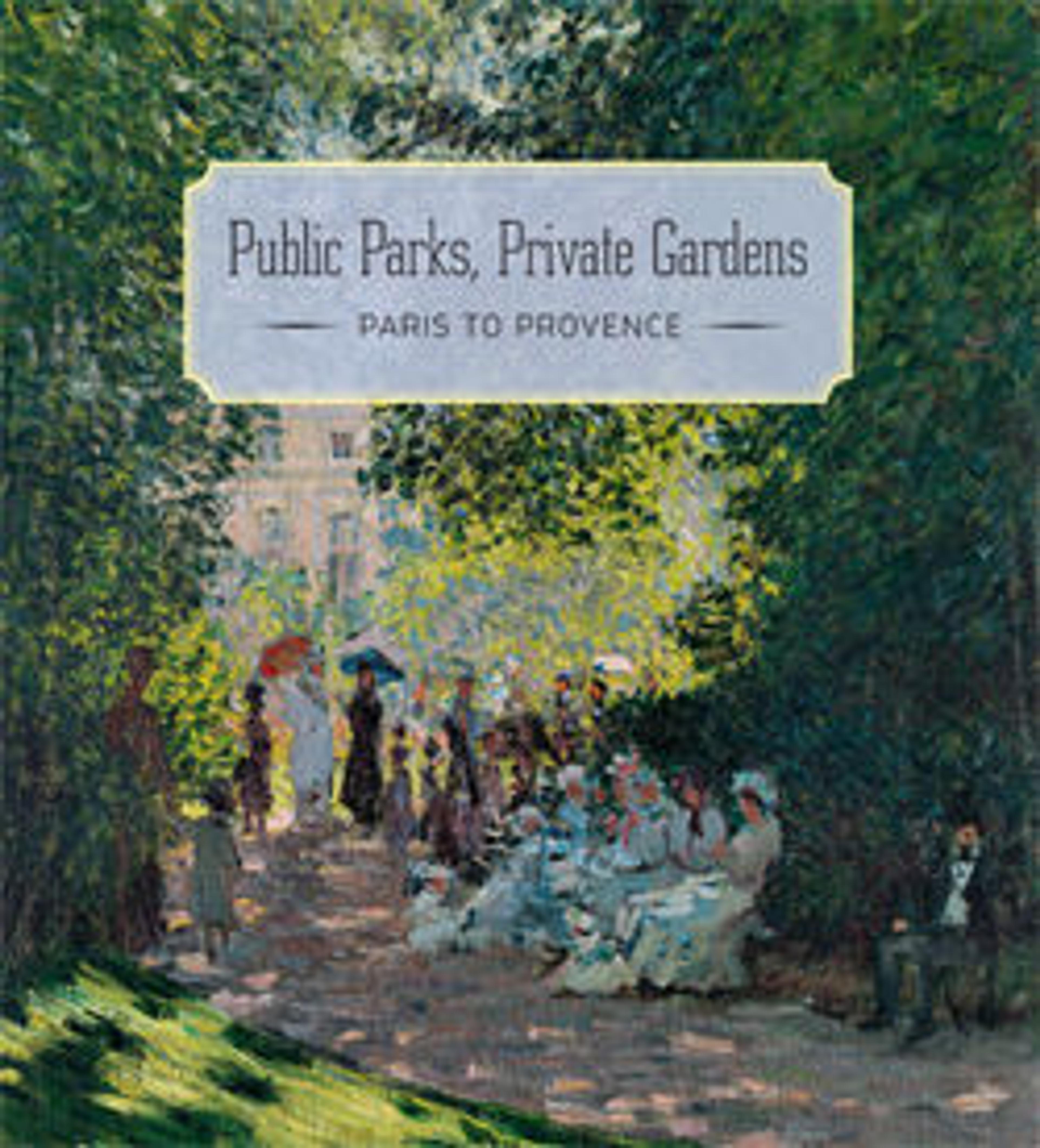[Oak Tree and Rocks, Forest of Fontainebleau]
In this early work, a unique print formerly in the famed Jammes collection, Paris, Le Gray sought to convey the sensuous experience of the sylvan interior. Rather than providing an inventory of precise details, Le Gray's waxed paper negative (a process he invented) translated the observable world into a painterly evocation of light, texture, and atmosphere. The network of branches, patches of lichen, and sparkling vegetation are woven into a tapestry of allover patterning—reminiscent of a Jackson Pollock painting—that merges solid and void, substance and shadow.
Artwork Details
- Title:[Oak Tree and Rocks, Forest of Fontainebleau]
- Artist:Gustave Le Gray (French, 1820–1884)
- Date:1849–52
- Medium:Salted paper print from paper negative
- Dimensions:25.2 x 35.7 cm (9 15/16 x 14 1/16 in.)
- Classification:Photographs
- Credit Line:Purchase, Jennifer and Joseph Duke and Lila Acheson Wallace Gifts, 2000
- Object Number:2000.13
- Curatorial Department: Photographs
More Artwork
Research Resources
The Met provides unparalleled resources for research and welcomes an international community of students and scholars. The Met's Open Access API is where creators and researchers can connect to the The Met collection. Open Access data and public domain images are available for unrestricted commercial and noncommercial use without permission or fee.
To request images under copyright and other restrictions, please use this Image Request form.
Feedback
We continue to research and examine historical and cultural context for objects in The Met collection. If you have comments or questions about this object record, please contact us using the form below. The Museum looks forward to receiving your comments.
